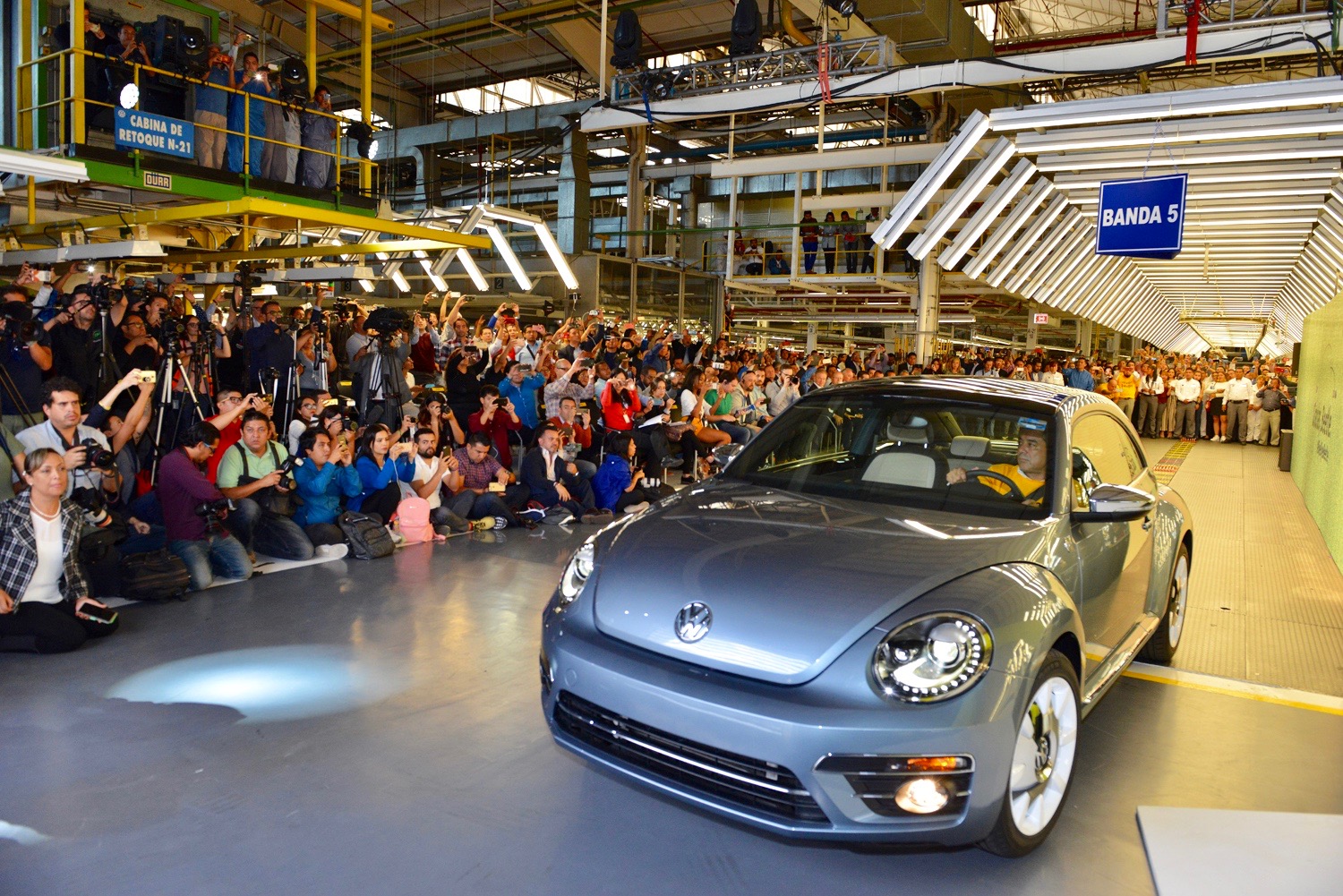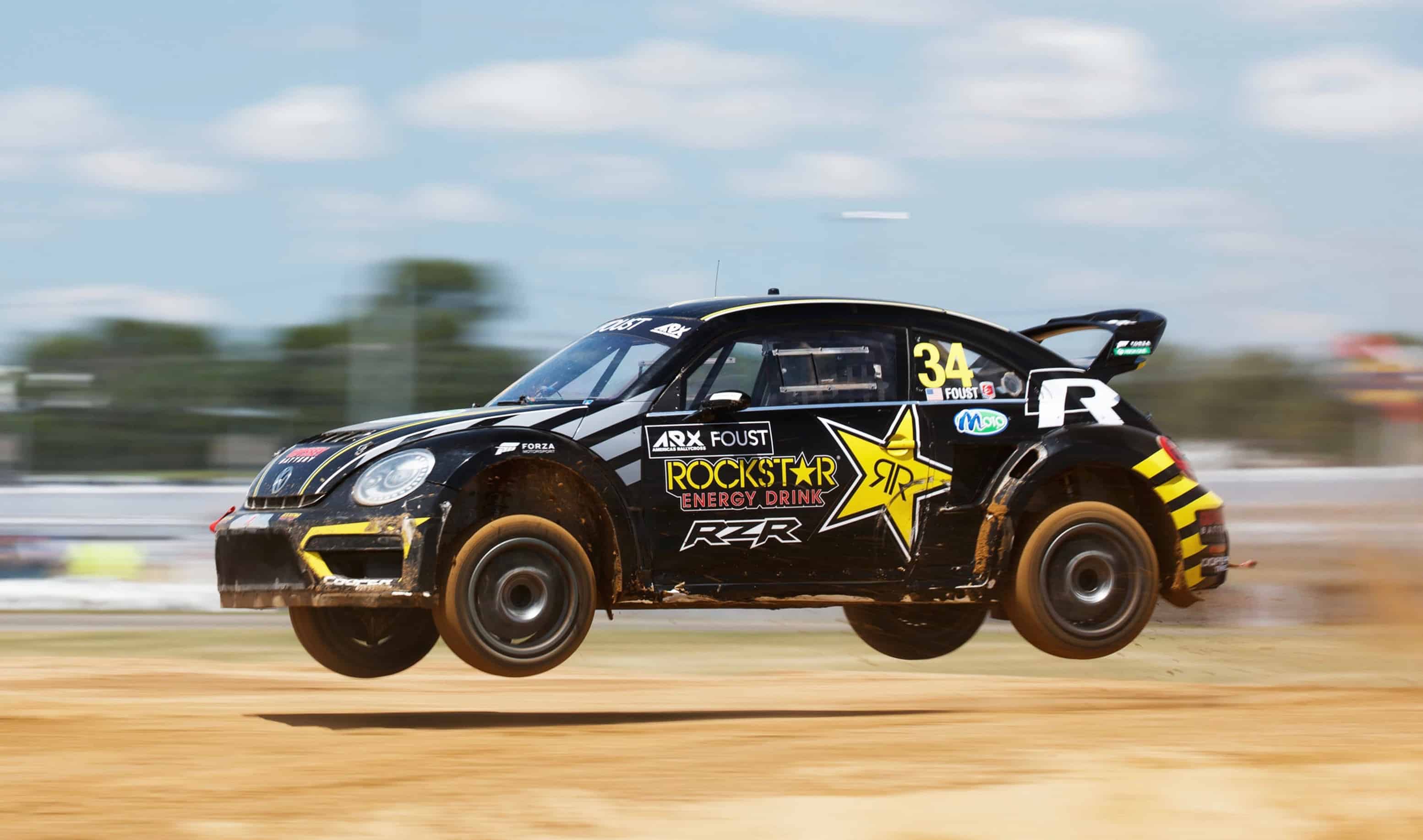The irony in Volkswagen’s recent decision (once again) to end production of its current Beetle, formerly known as the New Beetle, comes just as the automaker is ramping up production of electric vehicles, including retrofitting the original Beetle.
So, where’s the irony in that? Don’t forget that the Beetle, at least in its reborn iteration, was originally an electric vehicle.
So set the Way Back Machine for 1993 and Volkswagen’s sales in the United States, at the time the world’s largest automotive marketplace, had plummeted tenfold and VW was desperate for something, anything, to revive interest with American drivers lest it join other European automakers who put their tails between their legs and went back across the ocean.…

“As is so often the case with car companies, desperation inspires innovation…” I wrote in Legendary Cars: Cars That Made History From the Early Years to the 21st Century, “thus the timing was right when American designers J Mays and Freeman Thomas began work on VW’s Concept 1 concept car that would be the star of the 1994 Detroit auto show.”
Yes, indeed, a concept created as a shell to showcase a new electric powertrain emerged as the star of the show.
Mays, who had designed the Audi Avus and who soon would become global head of design at Ford, and Thomas, who soon would design the Audi TT and then play a key role in Chrysler’s advanced design studio, were working out of Volkswagen’s design think tank in Southern California. They saw a new Beetle as a way to reignite interest in a company that was considering withdrawal from the American automotive marketplace.
Their Concept 1 was designed as a Beetle for the modern world, though still with a series of semi circles as its design theme and still with a bud vase on its dashboard.
Volkswagen’s German bosses were not thrilled with the concept, but they needed something to wrap around the new electric powertrain the VW engineers had developed, so they agreed to put the American design duo’s show car on its show stand at the North American International Auto Show in Detroit. The hope was that people would be curious enough about this newfangled Beetle to be eager to learn about its revolutionary propulsion system.
As the VW press conference began, the head of the company’s research and development division announced that the concept that was about to be unveiled would not be going into production. It was merely a shell around the exciting electric powertrain.
Guess what! Nobody seemed to notice or even care about what engine or motor or hamster running on a wheel might empower this New Beetle. What people cared about was how soon Volkswagen would announce that the vehicle was going into production.
It took some time, but VW finally and reluctantly realized that if it was going to stay in the American automotive marketplace, it had little choice but to give people what they wanted. And what they wanted was this New Beetle, albeit with its gasoline-fueled engine in the front rather than the rear and driving the front rather than the rear wheels.

And now, as Volkswagen prepares to roll out a whole series of its new electric-powered cars badged as the ID models, neither the Beetle nor the New Beetle will be among them.
At least not yet. Who knows, someday the company might again just be desperate enough to realize that it needs yet another Beetle. Newest Beetle, anyone?





